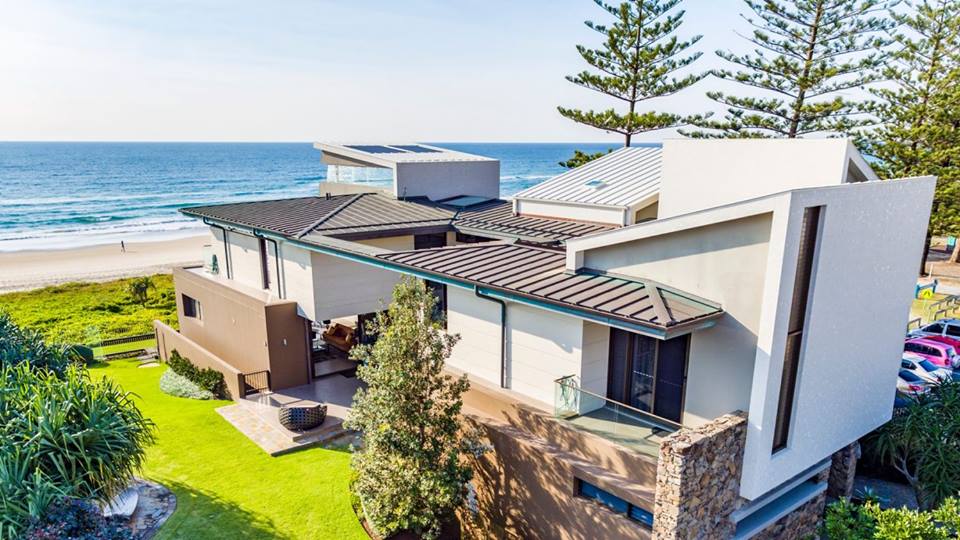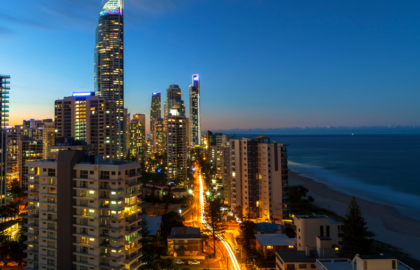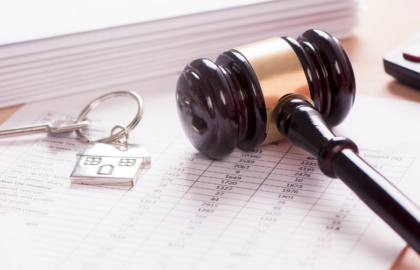

The Gold Coast delivered a gold medal performance, with the annual median house price growing by 7.7 per cent, to end the year on $615,000.
The Sunshine Coast median house price grew 6.4 per cent to end the year at $569,000 and Noosa grew 6.2 per cent to deliver an annual median house price of $650,000, finishing the year just $15,000 below Brisbane LGA median house price.
The REIQ CEO Antonia Mercorella said Noosa was an area where demand was placing strong pressure on limited supply levels.
“This is an area that could do with more supply, but clearly the topography makes that challenging.”
“Noosa’s world-class beaches, stunning natural bushland settings and wonderful warm community are factors that are fanning the flames of buyer demand. It is inevitable that this will push up prices,” she said.
The Gold Coast market has benefited from a strong local economy, a direct result of the infrastructure spend ahead of the Commonwealth Games.
Upward pressure on prices has seen some suburbs demonstrate explosive median house and median unit price growth.
Mermaid Beach is the Gold Coast’s most expensive suburb for houses, with growth of 8.9 per cent delivering a median house price of $1.56 million.
The Main Beach unit market grew a whopping 14.3 per cent and is the most expensive suburb to buy a unit, with a median unit price of $720,000.
The Gold Coast is facing the tightest rental market in years, with vacancies at just 1.1 per cent. With significant supply still forecast to come onto the market in the next 18 months conditions in the rental market are expected to ease in the post-Games period.
Comparing the three superstar markets of the Gold Coast, the Sunshine Coast and Noosa, with Brisbane LGA, we can see demand is stronger for beachside living.







